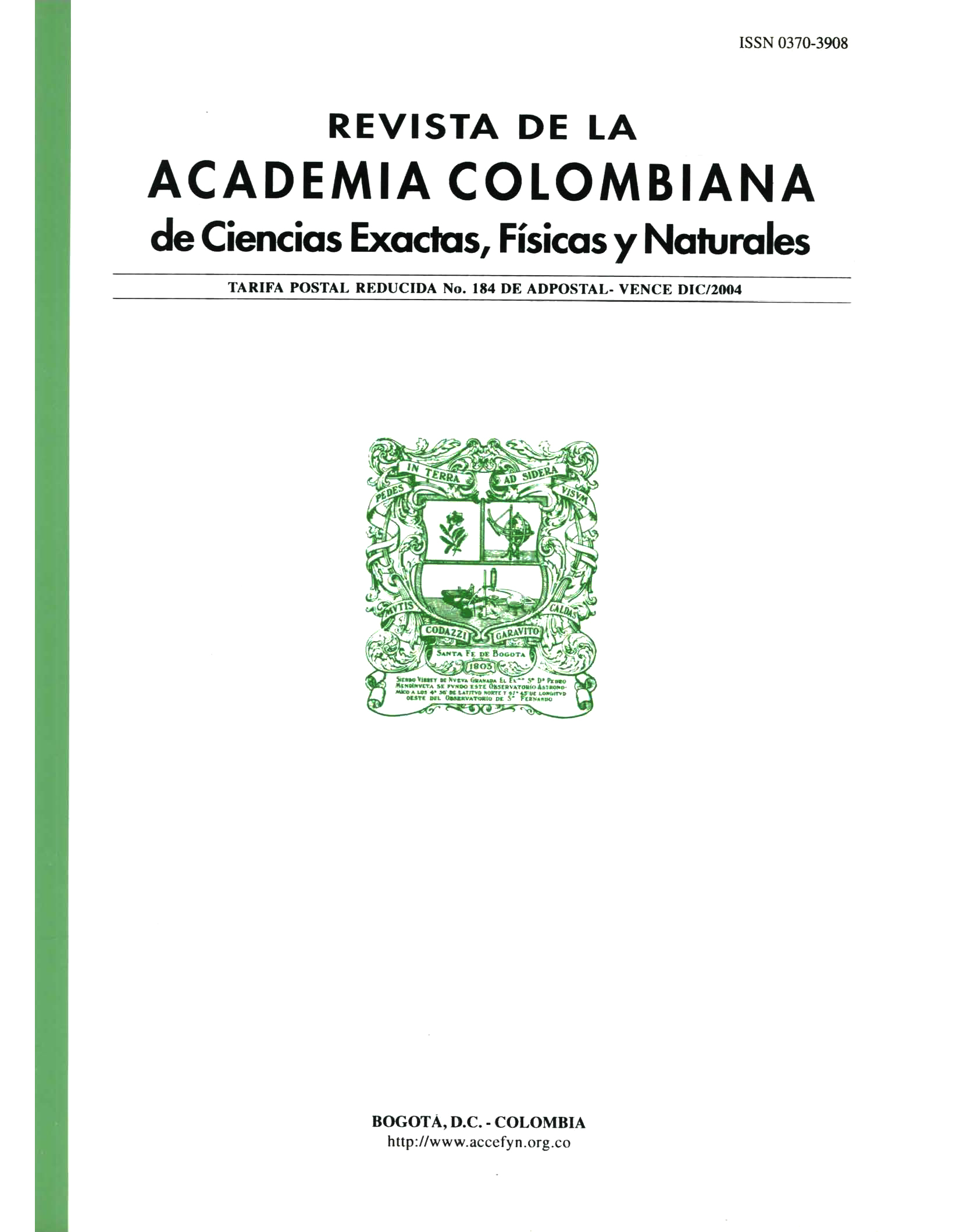Abstract
Pest insect aminopeptidase N (APN) is a receptor for Bacillus thuringiensis Cry1 proteins. A 108-kDa APN has been characterised in Spodoptera litura, here their APN three-dimensional structure was determined; it has 4 structural domains. Domain I is the region that recognizes Cry1 toxins, a loop of this section might be very important in this role. Probably, domain II has functions in Cry1 protein-APN interaction. Domain III has a sandwich topology and domain IV is a superhelix. The APN have conserved structures, with slightly mutations just like result of coevolution with Cry proteins.
Keywords
References
Jenkins J.L., Lee M. K., Sangadala S., Adang M.J., Dean D.H. 1999. Binding of Bacillus thuringiensis Cry1Ac toxin to Manduca sexta aminopeptidase-N receptor is not directly related to toxicity. FEBS Letters. 462: 373-376.
Jenkins J. L., Lee M. K., Valaitis A. P., Curtiss A., Dean D. H. 2000. Bivalent Sequential binding Model of a Bacillus thuringiensis Toxin to Gypsy Moth Aminopeptidase N Receptor. The Journal of Biological Chemistry. 275: 14423-14431.
Kyrieleis O.J.P., Goettig P., Kiefersauer R., Huber R. Brandstetter H. 2005. Crystal structures of the tricorn interacting factor F3 from Thermoplasma acidophilum, a zinc aminopeptidase in three different conformations. Journal of Molecular Biology. 349: 787-800.
Luo K., McLachlin J.R., Brown M.R., Adang M.J. 1999. Expression of a glycosylphosphatidylinositol-linked Manduca sexta aminopeptidase N in insect cells. Protein Expression and Purification. 17: 113-122.
Marti-Renom M. A. 2003. Protein structure modelling for structural genomics. Business briefing. Future Drug Discovery, 59-63.
Masson L., Mazza A., Sangadala S., Adang M.J., Brousseau R. 2002. Polydispersity of Bacillus thuringiensis Cry1 toxins in solution and its effect on receptor binding kinetics. Biochimica et Biophysica Acta. 1594: 266-275.
Nakanishi, K., Yaoi K., Shimada N., Kadotani T., Sato T. 1999. Bacillus thuringiensis insecticidal Cry1Aa toxin binds to a highly conserved region of aminopeptidase N in the host insect leading to its evolutionary success. Biochimica et Biophysica Acta. 1432: 57-63.
Sasin J. M., Bujnicki J. M. 2004. COLORADO3D, a web server for the visual analysis of protein structures, Nucleic Acids Research. 32 (Web Server issue): W586-W589.
Shinkawa A., Yaoi K., Kadotani T., Imamura M., Koizumi N., Iwahana H., Sato R. 1999. Binding of phylogenetically distant Bacillus thuringiensis Cry toxins to a Bombyx mori aminopeptidase N suggests importance of Cry toxin’s conserved structure in receptor binding. Current Microbiology. 39: 14-20.
Vriend G. 1990. WHAT IF: a molecular modeling and drug design program. Journal of Molecular Graphics. 8: 52-56.
Wang P., Zhang X., Zhang J. 2005. Molecular characterization of four midgut aminopeptidase N isozymes from the cabbage looper, Trichoplusia ni. Insect Biochemistry and Molecular Biology. 35: 611-620.

This work is licensed under a Creative Commons Attribution-NonCommercial-NoDerivatives 4.0 International License.
Copyright (c) 2023 Revista de la Academia Colombiana de Ciencias Exactas, Físicas y Naturales





